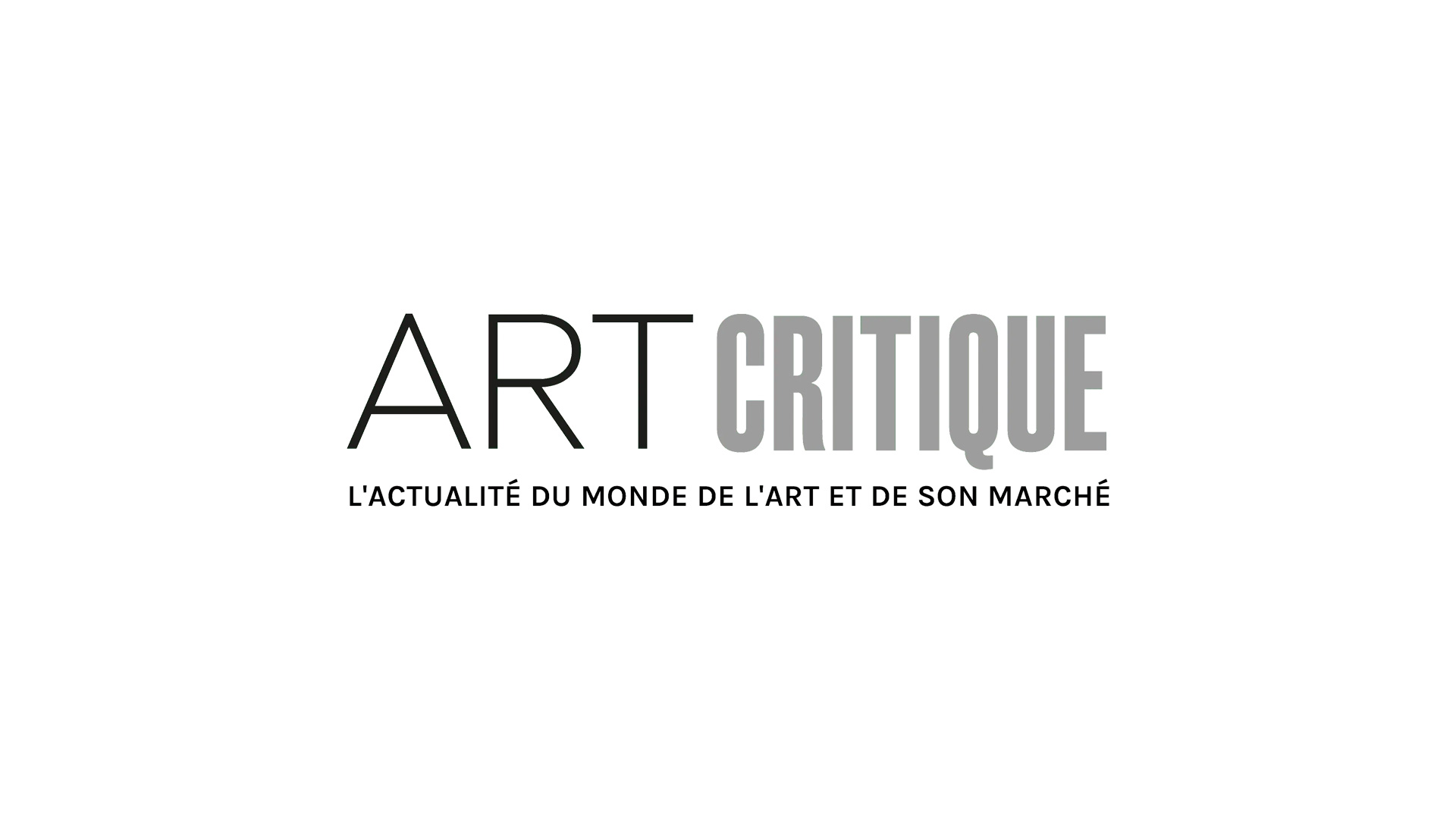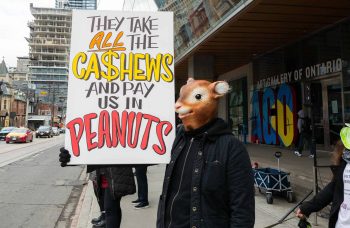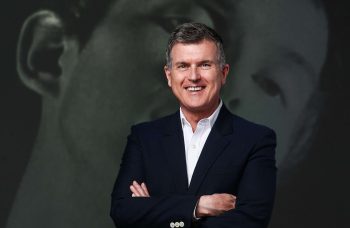Nathaniel Mary Quinn grew up in a Chicago housing project known only as “the Hole”. He remembers drawing on the walls of his family’s apartment, at first frustrating his mother. He kept doing it, and one day his brother Charles pointed out to his mother that his drawings were actually pretty good.
After that, his mother encouraged him to draw on the walls, rubbing the paint off after he finished.
Quinn’s artistic talents became well known in his neighbourhood. So much so that gang members would offer him protection if he featured them in a comic strip.
Quinn made it out of the Hole when a school principal saw his talents and arranged for him to receive a scholarship to study at a boarding school in Indiana. Tragedy followed the young man. Just a month later, he received the news of his mother’s death. When he returned to Chicago for Thanksgiving, he walked into an empty apartment. His father and his siblings left without a trace. Quinn was alone.
He hasn’t seen them since.
Amidst tragedy he excelled. He eventually earned his Master of Fine Arts in painting at NYU. After university, he supported himself by tutoring at-risk youth during the day. At night, he painted.
As an African American child of the Chicago housing projects, he felt it should be his goal to produce poignant political commentary on the subject of race relations in the America. While both highly motivated and very productive, he felt empty with his work. In his August piece in the British Vogue, he says that it was not until he met his wife that he finally came into his own.
In an interview with artnet News, he has said that this was a result of not thinking while composing his portraits, but rather feeling them into being.
It is Quinn’s unique style of portraiture, a result of his feeling, that has grasped the attention of the art world. Upon first glance, his cubist works almost resemble Dadaist collages put together with magazine cut outs. However, the depth of each one is far more profound than that. Each picture is his own attempt to painstakingly recreate the faces of those people he feels he might lose. He works with acrylic, charcoal, oil paint, gold leaf, and paint sticks to create his fractured images. Pinned around his studios are advertisements, magazine pages, even posts from Instagram, where he derives facial features to reconstruct the faces of people in his past and present.
He uses such a style in his exhibition “the Land” in order to artistically render his neighbours in Brooklyn, many of whom are victims of rapid gentrification. Sasha Bogojev of Juxtapoz magazine has accurately referred to the exhibition as paying tribute to those that are essential parts of Quinn’s everyday life, while also capturing a still image of the community while it still exists.
Quinn, no stranger to a stoic attitude himself, cites one neighbour who has lived in the area for 55 years: “Just change, that’s all. Nothing new, I’ve seen it before.”
“The Land” is at Salon 94 until October 27, 2018.





